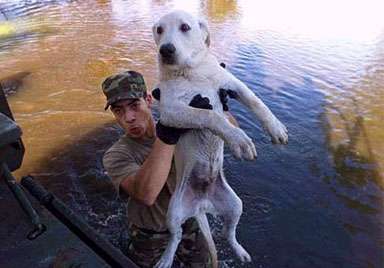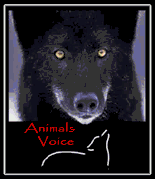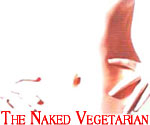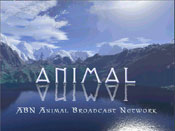NATIONAL ANIMAL RIGHTS EXPERT, CHRIS DEROSE WILL BE THE
KEYNOTE SPEAKER AT PUPPY MILL AWARENESS DAY 2004
FRIDAY, SEPTEMBER 17-18, HARRISBURG, PENNSYLVANIA
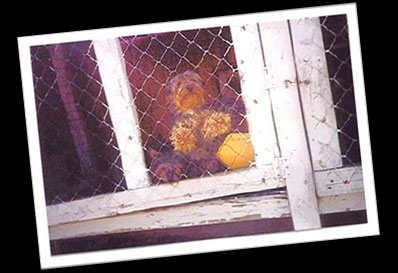
Puppy Mill Awareness Day convenes the month in Harrisburg, PA. The event is planned to draw attention to the terrible methods and practices of companion animal breeding employed by some unscrupulous individuals.
The sponsors are bringing together animal rescue groups, animal rights activists, government and private sector interests. There will be related seminars on support of "rescues" and presentations on the subject of identifying and working to close puppy mills. Some notorious mills have been identified but the operations continue despite local ordinances designed to halt or at least limit their operations.
Event organizers are hopeful that the event will generate attention to the cynicism of this industry and add to public awareness eventually bringing an end to the senseless cruelty and waste of life puppy mill breeders inflict.
Chris DeRose, founder of Los Angeles-based
Last Chance for Animals will speak at Puppy Mill Awareness Day, 2004 September 17th and 18th in Harrisburg, Pennsylvania. On Friday, September 17th at the Comfort Inn in Harrisburg, the internationally recognized animal rights expert will address how investigating and prosecuting animal cruelty at puppy mills will help bring an end to the proliferation of puppy mills which is at the heart of a devastating statistic: for every puppy purchased at a retail store or through a breeder in the United States, 3 dogs are euthanized. DeRose will also speak on Saturday, September 18th, at Riverside Park at Kunkel Plaza. He will discuss this issue, which affects over 70 million American companion pet owners, alongside Ms. Claudine Wiklins, Esq. of
Georgia Legal Professionals for Animals. Ms. Wiklins prosecuted the first successful animal cruelty charges in Atlanta. She lectured at the first world animal rights conference in 1996 and has been a frequent speaker to the 'laws for animals' movement.
To make reservations for the Friday evening seminar, call 732-288-0108, 732-573-1946 or register online at
www.awarenessday.org.
DeRose, an internationally recognized humanitarian and the author of "In Your Face," will speak to the cruel methods used by breeders and the retail pet trade and provide information on what can be done to support the shelter and rescue industries.
"It is extremely important for Americans to know what that the cute puppy in the pet shop has endured to be sold," said DeRose, "There are so many adoptable and wonderful pets at shelters and rescues throughout the country, that the purchase of a puppy is plain irresponsible. If someone wants a specific breed or a young dog, it's all available, especially with the help of the internet."
Last Chance for Animals otherwise known as the "FBI of Animal Rights" has influenced some of the most significant issues that affect animals. Recent successes include a 50% cutback on the production of Premarin (Wyeth Ayerst's hormone replacement therapy), made from pregnant mares urine and an LCA investigation of the largest pet theft ring in the U.S. The results were so compelling that for the first time in history such a case landed on the desk of the US Attorney's office and prompted investigations by six federal agencies. It is currently pending indictment.


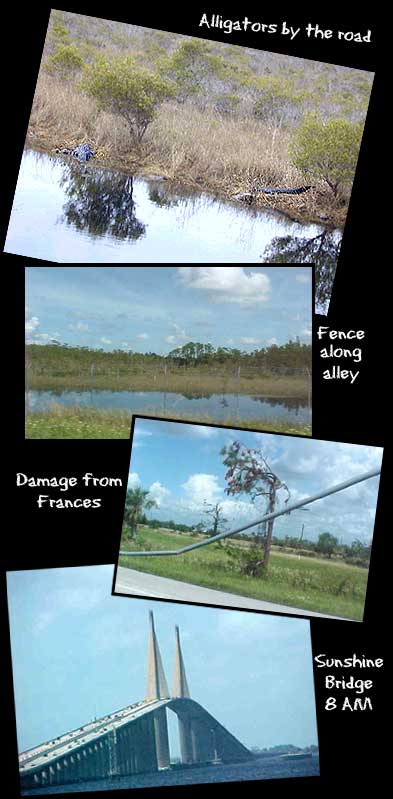

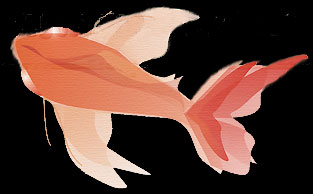
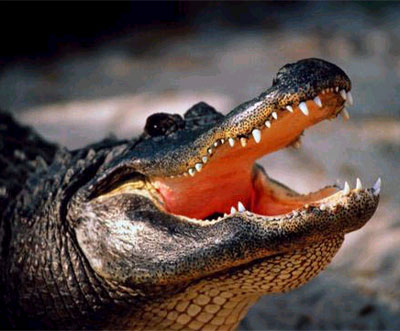
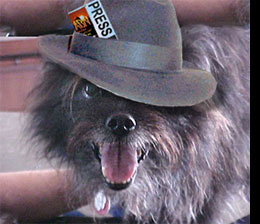 Having three dog staffers and two cats in charge of the office makes for a busy day by any standard but when you have to get a newsZine out on schedule, maintain the Animal Broadcast Network updates, and deal with what we nervously refer to around here as the hurricane express the last thing you want to contemplate is "a new dog in town" and yet that is precisely what happened at the home of ABN during the worst possible set of circumstances imaginable: three massive hurricanes in less than one month.
Having three dog staffers and two cats in charge of the office makes for a busy day by any standard but when you have to get a newsZine out on schedule, maintain the Animal Broadcast Network updates, and deal with what we nervously refer to around here as the hurricane express the last thing you want to contemplate is "a new dog in town" and yet that is precisely what happened at the home of ABN during the worst possible set of circumstances imaginable: three massive hurricanes in less than one month.
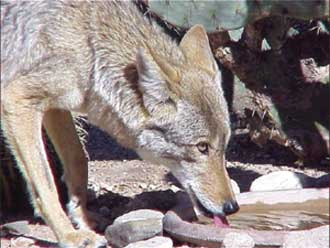
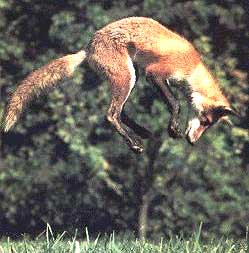
 Alternatively, there are "hunt clubs" that participate in so called "drag hunts" or "fox chases." Fox scent is distributed along a specified course, often over private property, and the hunters with their hounds follow the trail in a blaze of colorful and spirited competition designed more with exercise and fresh air in mind, and the fox gets a break in the process.
Alternatively, there are "hunt clubs" that participate in so called "drag hunts" or "fox chases." Fox scent is distributed along a specified course, often over private property, and the hunters with their hounds follow the trail in a blaze of colorful and spirited competition designed more with exercise and fresh air in mind, and the fox gets a break in the process.
